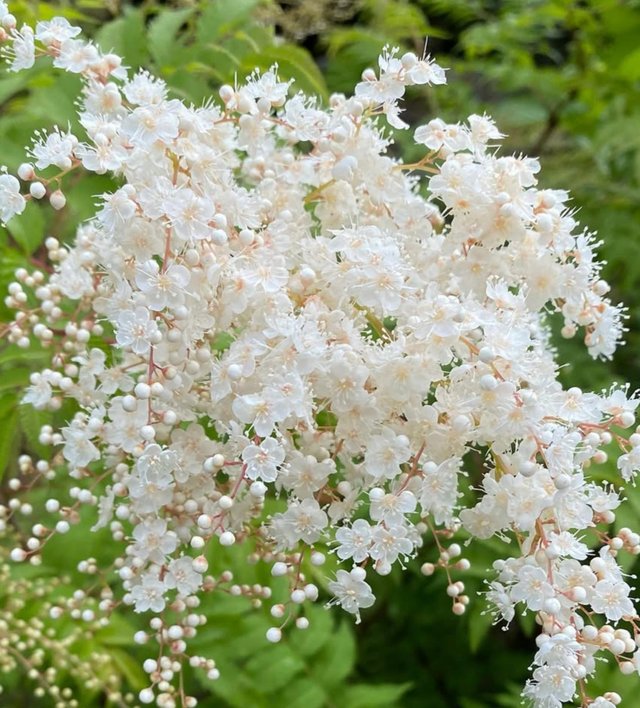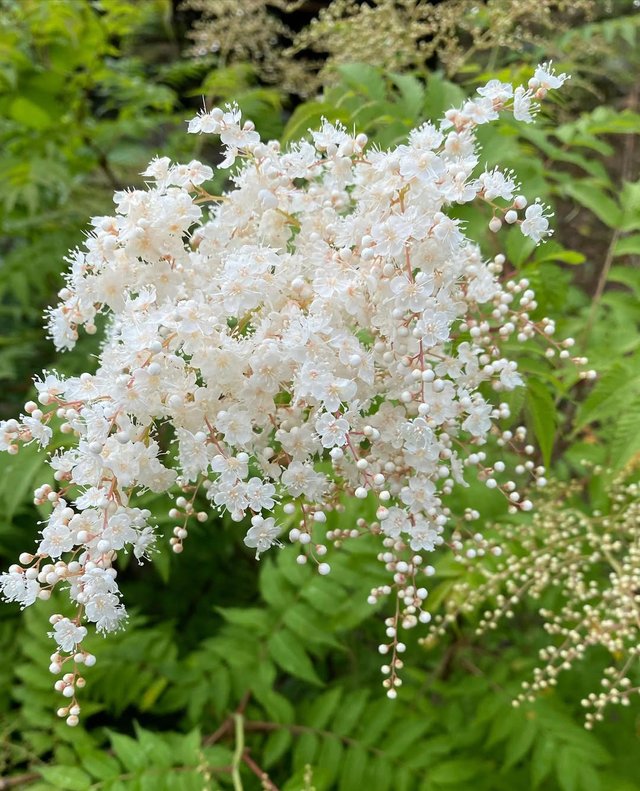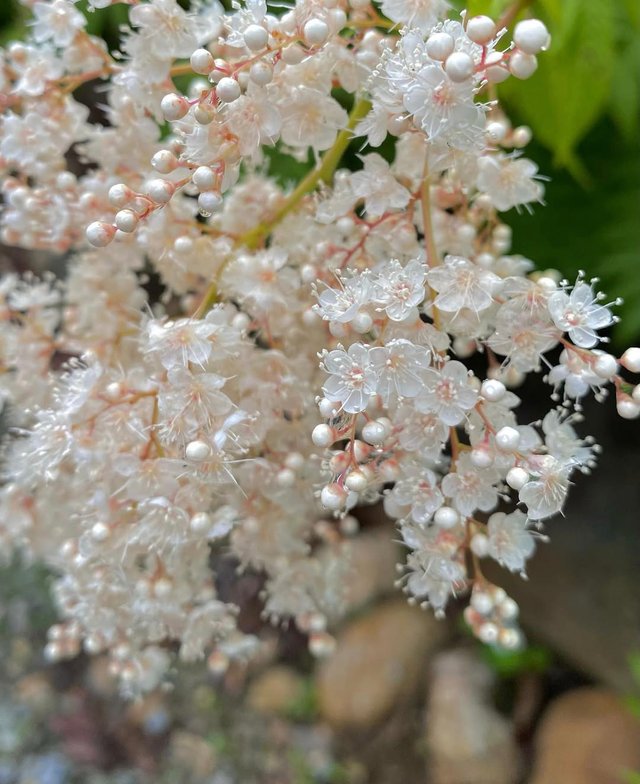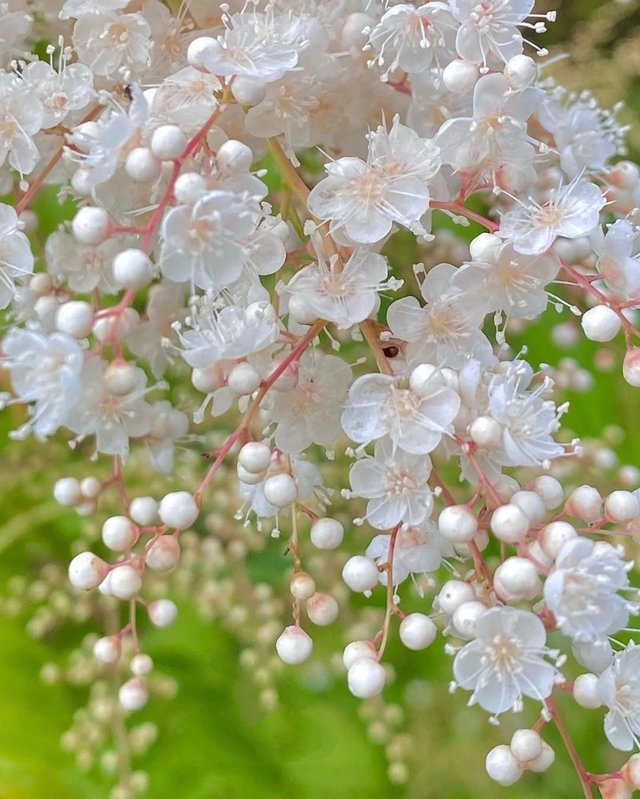Sorbaria sorbifolia Flower
Among the many hidden gems in temperate gardens, Sorbaria sorbifolia, commonly known as false spirea or ash-leaf spirea, stands out as an exuberant, yet often overlooked flowering shrub. With its fern-like foliage, vigorous growth habit, and frothy white flowers that bloom in midsummer, this plant brings a wild, naturalistic charm that’s hard to ignore once you’ve seen it in action.Sorbaria sorbifolia belongs to the Rosaceae family, the same plant family that includes roses, apples, and spireas. Native to eastern Siberia, northern China, Korea, and Japan, it thrives in cold climates and is remarkably hardy—tolerating USDA Zones 2 through 8. Its genus name Sorbaria comes from its resemblance to the Sorbus genus (mountain ashes), while sorbifolia means “with leaves like sorbus.
What truly sets Sorbaria sorbifolia apart is its showy flower display. In mid to late summer, when many spring bloomers have faded and high summer is in full swing, this plant erupts into plumes of creamy-white flowers that can be up to 10–12 inches (25–30 cm) long. These fluffy panicles are composed of hundreds of tiny, star-like flowers with prominent stamens that give them a fuzzy, soft texture.The blooms resemble those of the true spireas but are even more voluminous and dramatic. Not only are they a visual delight, but they also attract pollinators like bees and butterflies, making Sorbaria a good choice for biodiversity-focused gardens.
While the flowers are not heavily scented, they do emit a subtle, sweet fragrance that adds to their gentle charm, especially when planted en masse.Even before the flowering season, Sorbaria sorbifolia makes a bold statement with its pinnately compound leaves, each up to 12 inches long. The leaflets resemble those of ferns or ash trees, with a delicate, lacy texture that gives the plant a light, airy feel despite its robust form.New foliage often emerges with a bronze or reddish tint, adding spring interest, and turns bright green in summer. Come fall, the leaves can take on yellow or orange hues, contributing to seasonal color.




